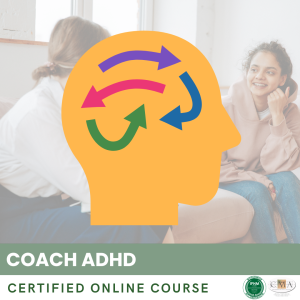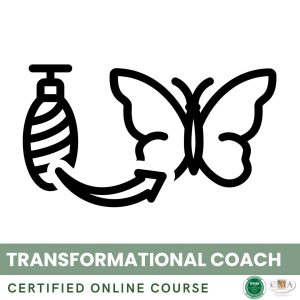Pansexual and polysexual individuals represent a growing yet still less visible part of the LGBTQ+ community. Pansexuality is defined as attraction to a person regardless of their gender, while polysexuality refers to an attraction to multiple genders (but not all). These orientations challenge the gender binary and broaden the very notion of attraction beyond the “male” and “female” categories.
Historically, the term “pansexual” was used as early as the early twentieth century by sexologists like Sigmund Freud to describe an unrestricted sexual attraction. But it was with the emergence of queer movements and the theorization of gender as a spectrum that pansexuality took on its current meaning. Public figures like singer Miley Cyrus and actor Ezra Miller have helped popularize this identity by openly discussing it in the media.
Polysexuality is a more recent orientation, which emerged with the growing recognition of non-binary identities. It distinguishes itself from bisexuality and pansexuality in that it involves attraction to multiple genders, but not necessarily all. For example, a polysexual person may be attracted to women and non-binary people, but not to men. Or to men and transmasculine people, but not to cisgender women.
These orientations raise interesting questions about the very nature of desire and attraction. They invite us to deconstruct the idea that we would be attracted to a particular gender, to consider a fluid attraction, which is directed towards a person in their entirety. As activist Robyn Ochs says, “attraction is not gendered for me. I’m attracted to the person, not their gender“. This approach allows us to go beyond gender stereotypes and expectations in attraction and sexuality.
However, pansexual and polysexual individuals still face numerous prejudices, even within the LGBTQ+ community. They are sometimes accused of “not being able to choose”, being “indecisive” or “hypersexual”. Their orientation is often invisible or erased, particularly in media representations which tend to present attraction in a binary way (hetero/homo). There is still a lack of positive role models and cultural references for these emerging identities.
In the face of these challenges, pansexual and polysexual individuals are organizing to assert their existence and their specificities. The Pansexual Visibility Day, celebrated on December 8, is an opportunity to raise awareness among the general public and strengthen the pride of this community. Flags in pink, yellow and blue colors (for pansexuality) or pink, green and blue (for polysexuality) allow for visual identification. On social networks, the hashtags pansexuality and polysexuality create spaces for sharing and support.
As an LGBTQ+ coach, it is important to be aware of the diversity of attractions and identities to better support pansexual and polysexual individuals. This involves using inclusive language, not making assumptions about the gender of partners, and valuing the journeys of each individual. It also means knowing how to direct to relevant resources, such as the genderbread.org website which offers an educational approach to the different dimensions of identity. The goal is to allow each person to explore their orientation in a fulfilled manner, without the pressure to fit into boxes.
Key points to remember:
– Pansexuality is an attraction to a person regardless of their gender, while polysexuality refers to an attraction to multiple genders (but not all).
– These orientations challenge the gender binary and broaden the notion of attraction beyond the “male” and “female” categories.
– Historically, the term “pansexual” was used as early as the early twentieth century, but it was with the emergence of queer movements that pansexuality took on its current meaning.
– Polysexuality is a more recent orientation, that involves attraction to multiple genders, but not necessarily all.
– These orientations invite us to deconstruct the idea of a gendered attraction, to consider a fluid attraction towards a person in their entirety.
– Pansexual and polysexual individuals face prejudices, even within the LGBTQ+ community, and suffer from a lack of visibility and positive representations.
– They are organizing to assert their existence, notably through the Pansexual Visibility Day celebrated on December 8 and the use of distinctive flags and hashtags.
– As an LGBTQ+ coach, it is important to use inclusive language, not make assumptions about the gender of partners and value everyone’s journey to better support these individuals.
👉 To download docx (Editable) file click here : Click here
👉 To download PDF file click here : Click here
👉 To download MP3 file click here : Click here






